Lakes & Ponds 湖
|
Title   • File Name • File Name   • Date • Date   • Position • Position   |
|

Colorful koi carp fish in Bishamon-numa Pond, Fukushima Pref. 毘沙門沼Bandai-Asahi National Park
|
|

Bishamon-numa Pond, Fukushima Pref. Bandai-Asahi National Park 毘沙門沼
|
|

Benten-numa Pond, maximum depth 6 meters. 弁天沼Bandai-Asahi National Park
|
|

Aonuma Pond 青沼
|
|
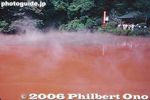
Chinoike Jigoku (Blood Pond Hell), Beppu, Oita 血の池地獄
|
|
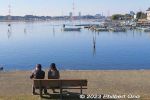
Lake Teganuma, Abiko, Chiba.
|
|
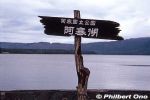
Part of Akan-Mashu National Park, Lake Akan (Akanko) is a serene crater lake in Hokkaido. In winter, the entire lake freezes over to enable ice skating and other winter sports. Winter festival is also held.
|
|

Lake Akan at sunset.
|
|

Lake Penketo's water flows to Panketo and ends up in Lake Akan. ペンケトー
|
|

Bihoro Pass (Bihoro Toge) is on Route 243 going through the mountains on the border of Bihoro (north) and Teshikaga (south) Towns. Major tourist stop with great panoramic views of Lake Kussharo, Japan's largest caldera lake. The island in the lake is named Nakajima.
|
|

Bihoro Pass Scenic Point has two lookout points a short walk from each other. This is from the second lookout point. Both have similar views of Lake Kussharo. Bihoro Pass is within Akan-Mashu National Park in Hokkaido.
|
|
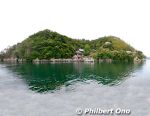
Chikubushima on Lake Biwa is home to Hogonji Temple first built in 724 as ordered by the Emperor to worship the Goddess Benzaiten. It belongs to the Shingon Buddhist Sect (Buzan School) and it is the 30th temple in the 33-Temple Pilgrimage of Saigoku.
|
|
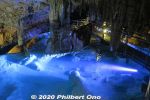
Inside Okinawa World's Gyokusendo Cavern, this is called the Blue Spring. Perhaps the prettiest spot of all. 青の泉
|
|

Blue Spring is also a limestone dam.
|
|

Lake Ashi's famous torii of Hakone Shrine with Mt. Fuji in the background.
|
|
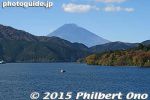
Mt. Fuji and Lake Ashi
|
|
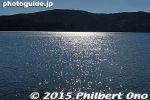
Lake Ashi from Moto-Hakone
|
|

Chikubushima island and cherry blossoms at Kaizu-Osaki, Lake Biwa.
|
|

Lake Kussharo is noted for its mystical atmosphere. There's a lakeshore road along the southern half of the lake. Water surface covers 79.7 sq. km.You can dig into the sand and find hot spring water.
|
|

Lake Kussharo, Hokkaido
|
|
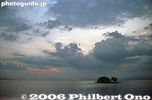
Lake Shinji, Matsue
|
|

Yomegashima island and Jizo statues, Lake Shinji
|
|
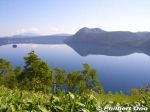
One of the most famous lakes in Japan, Lake Mashu is a crater lake devoid of boats, resorts, and other tourist traps. In fact, people are prohibited from going to the lake. We can view it, but no touching.
|
|
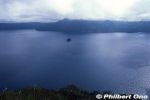
Lake Mashu in eastern Hokkaido is my favorite lake in Japan.
|
|
|
|

Great summer day for the beach at Omi-Maiko, one of the most popular and whitest beaches on Lake Biwa.
|
|

Green pine and white sand of Omi-Maiko, Lake Biwa.
|
|

The Nakajima islands in the center of Lake Toya. There are four islands. Most them have a conical shape.
|
|

Cherry blossoms and the Nakajima islands, Lake Toya. Early May 2008.
|
|

Lake Kushu in northern Rebun, Hokkaido. 久種湖
|
|

Great views of northern Lake Biwa as seen from Mt. Shizugatake.
|
|
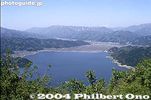
Lake Yogo as seen from Mt. Shizugatake in Nagahama, Shiga. This is in May.
|
|
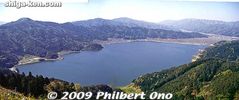
Lake Yogo as seen from the hiking trail on Mt. Shizugatake in Nagahama, Shiga Prefecture.
|
|
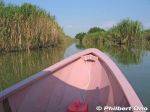
The Suigo boat ride in waterways connected to Lake Biwa and Nishinoko is a major tourist attraction in Omi-Hachiman.
|
|
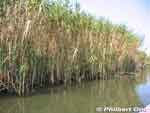
Lots of reeds, essential for the lake's ecosystem. They cleanse the water among other things.
|
|
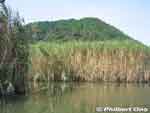
Reeds provide cover for bird nests and baby birds.
|
|

Nakajima islands and swan, Lake Toya, Hokkaido
|
|

Lake Toya and swans, Hokkaido
|
|
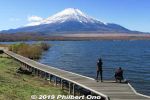
Lake Yamanaka and Mt. Fuji in Nov. There's a boardwalk. Thisis near Yamanakako Koryu Plaza. 山中湖交流プラザ きらら
|
|
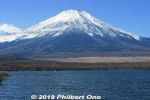
Lake Yamanaka and Mt. Fuji in Nov.
|
|
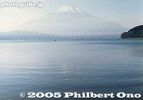
Mt. Fuji and Lake Yamanaka
|
|
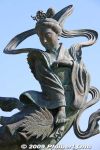
Swan maiden statue at Lake Yogo. Monument built in Nov. 1994.
|
|
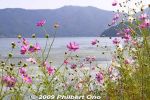
Autumn flowers at Lake Yogo, a small scenic lake next to northern Lake Biwa.
|
|
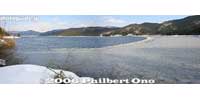
Water and ice
|
|
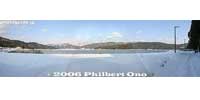
Panorama
|
|
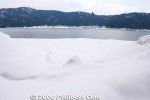
Snowscape, Lake Yogo
|
|
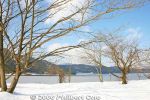
Lake Yogo in winter
|
|

Lake Yogo in winter
|
|
|
|